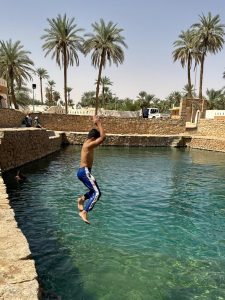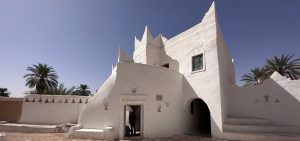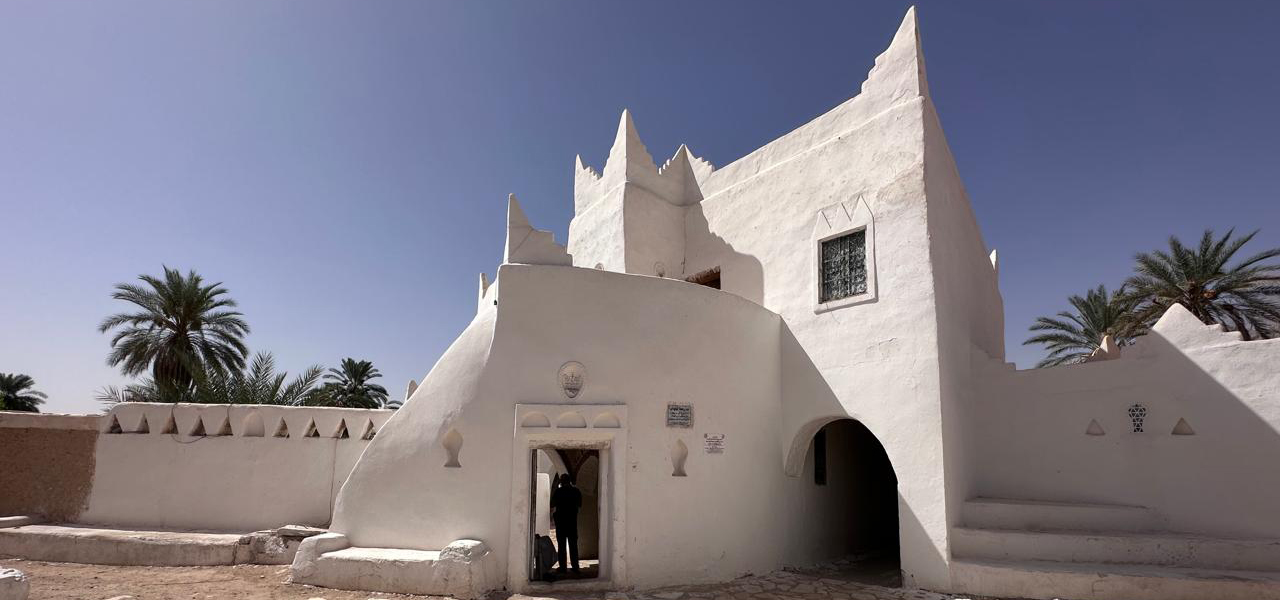GHADAMES Libya UNESCO World Heritage Site
The Pearl of the Sahara desert. There’s nowhere on earth like Ghadames, which could just be favourite place in Libya for all visitors. The Unesco World Heritage listed old city of Ghadamis is a magical evocation of an idyllic caravan town of the Sahara Desert a palm-fringed oasis, the sense of an intricate maze, stunning traditional houses huddling together for company amid the empty spaces of the Sahara, and extensive covered walk-ways that keep the desert heat at bay. Around seemingly every corner is a world of wonder, a sense that here, at last, is a place where the cliché rings true and time truly has stood still. Now abandoned although increasingly well preserved, Ghadames may be drawing ever-greater number of tourists, but when you’re lost in its labyrinth it can feel like you’re the only person in a city of ghosts.
History
It is believed that there was a town near Ghadames’ current site around 3000 BC, but little is known of the area’s history prior to Roman occupation in 19 BC. The Romans fortified the town, which they called Cydamus, and turned it into a regional centre that provided the coastal cities with olive oil. Under the reign of Septimius Severus (AD 193-211), Ghadames became a garrison town for the Third Legion. The Roman occupation of Ghadames lasted for over two centuries, during which time the ancient idols of the traditional religions lost influence in the town.
In the 6th century AD, the Byzantine armies of Justinian I brought Ghadames under the empire’s jurisdiction, while Greek missionaries who followed in the army’s wake effectively turned the town into a Christian settlement. With the arrival of the Islamic armies in Libya, the town was overrun in 46 AH (AD 668) and most of the Berber inhabitants converted to Islam. Although dates of any precision are difficult to come by, it is believed that the site of the old city was founded around 800 years ago. It is the third town in the area now known as Ghadames.
The town remains largely unchanged in design since that time, and the Islamic and Turkish character of the architecture remains intact.

In AD 1228 the Hafsid dynasty extended its control southwards to Ghadames. The imposition of taxes by far-distant rulers later caused tension and, with the Ghadamsis’ taxes unpaid, the rulers in Tunis sent an army of some 10,000 men to collect their dues. Met by a force of Ghadames men outside the town, a terrible battle ensued in which, according to one chronicler of the day, the fighting ‘raised such a black dust that the sky could not be seen’. Remarkably, the Ghadamsis won the battle and, their point made, duly paid their taxes. Not long afterwards, the town became largely independent. Ghadames remained one of the most important caravan towns of the northern Sahara until the 19th century. As the colonial powers began to assert their control over the Sahara, in the 1840s the slave trade was abolished first in Tunis and then French Algeria, with devastating consequences for the economic life of Ghadames.
The Ottomans loosely administered Ghadames after 1810. When squabbles broke out between the semi-autonomous families of the city in 1874, the town was occupied by a full Ottoman garrison that remained until the Italians arrived. When the Allied forces sought to eject the Italians from Libya during WWII, even Ghadames was not spared. On 11 November 1943 French pilots flew US-registered B-17 bombers in an assault on Ghadames, launched from neighbouring Algeria. Although lasting for only 10 minutes, the intense bombardment killed 40 Ghadamsis (their names are listed in Arabic in the museum), including 12 children, destroyed 70 houses and damaged a further 200. The Atik Mosque, which had stood for almost 1300 years, was destroyed and the neighboring Yunis Mosque (the second oldest in Ghadames) was significantly damaged.
In recent decades, Libya’s old cities, including that of Ghadames, have fallen victim to the revolutionary government’s push towards modernisation. In 1982–83. In 1984, there were 6500 people living in the old town; four years later there was just one family left. Although some families move back into the cool of their old houses during summer (especially during Ramadan), the old city is effectively deserted.
Must see attractions
GHADAMES OLD CITY
GHADAMES MUSEUM
DINING IN TRADITIONAL HOUSE
Ras al-Ghoul AND SAND DUNES 4X4 DRIVE






